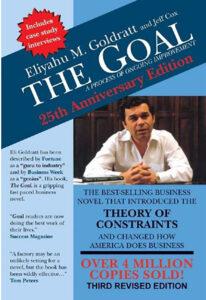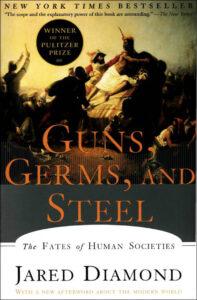Q: 2(b) CSS GSA 2023 Solved – What is ‘Black Hole’? How black holes are formed and discovered?
A black hole is a region of space-time where gravity is so strong that nothing, not even light, can escape from it. It is a singularity, a point of infinite density, where the laws of physics as we know them break down. Black holes are some of the most mysterious and fascinating objects in the universe, and studying them can help us better understand the nature of gravity, space, and time.
Formation of Black Holes:
Black holes can be formed in several ways, but the most common method is through the collapse of a massive star. When a massive star runs out of fuel, it can no longer generate enough pressure to counteract the force of gravity. The star’s core collapses under its own weight, and if the mass of the core is greater than about three times that of the sun, it will continue to collapse until it becomes a singularity, surrounded by an event horizon – the point of no return. This creates a black hole.
Another way that black holes can be formed is through the collision of two neutron stars, which are the collapsed cores of massive stars. When two neutron stars collide, the resulting object can be massive enough to collapse into a black hole.
Discovering Black Holes:
Black holes cannot be directly observed, as they do not emit any light or radiation that can be detected. Instead, their presence is inferred through their gravitational effects on nearby matter. When a black hole is near a star, it can pull gas and dust from the star’s outer layers, creating a disk of material that is heated to high temperatures and emits X-rays. These X-rays can be detected by telescopes and used to infer the presence of a black hole.
Another way that black holes can be detected is through their gravitational effects on nearby objects. When a black hole passes close to another star or a planet, its gravity can cause the orbit of the object to change. These changes can be measured and used to infer the presence of a black hole.
In addition, black holes can be detected through gravitational waves, ripples in space-time that are caused by the acceleration of massive objects. When two black holes merge, they emit a burst of gravitational waves that can be detected by instruments such as the Laser Interferometer Gravitational-Wave Observatory (LIGO).
Types of Black Holes:
There are three types of black holes, based on their size and mass:
1. Stellar Black Holes: These are the smallest type of black holes, with masses ranging from a few times that of the sun to around 20 times that of the sun. They are formed by the collapse of a single massive star.
2. Intermediate Black Holes: These are intermediate in size, with masses ranging from around 100 to 100,000 times that of the sun. Their origins are not well understood, but they may be formed through the collision of multiple stars.
3. Supermassive Black Holes: These are the largest type of black holes, with masses ranging from hundreds of thousands to billions of times that of the sun. They are found at the centers of most galaxies, including our own Milky Way galaxy. The origins of supermassive black holes are still not well understood.
In conclusion, black holes are some of the most fascinating and mysterious objects in the universe. They are formed through the collapse of massive stars or the collision of multiple stars, and their presence is inferred through their gravitational effects on nearby matter. While they cannot be directly observed, their study can help us better understand the nature of gravity, space, and time.









